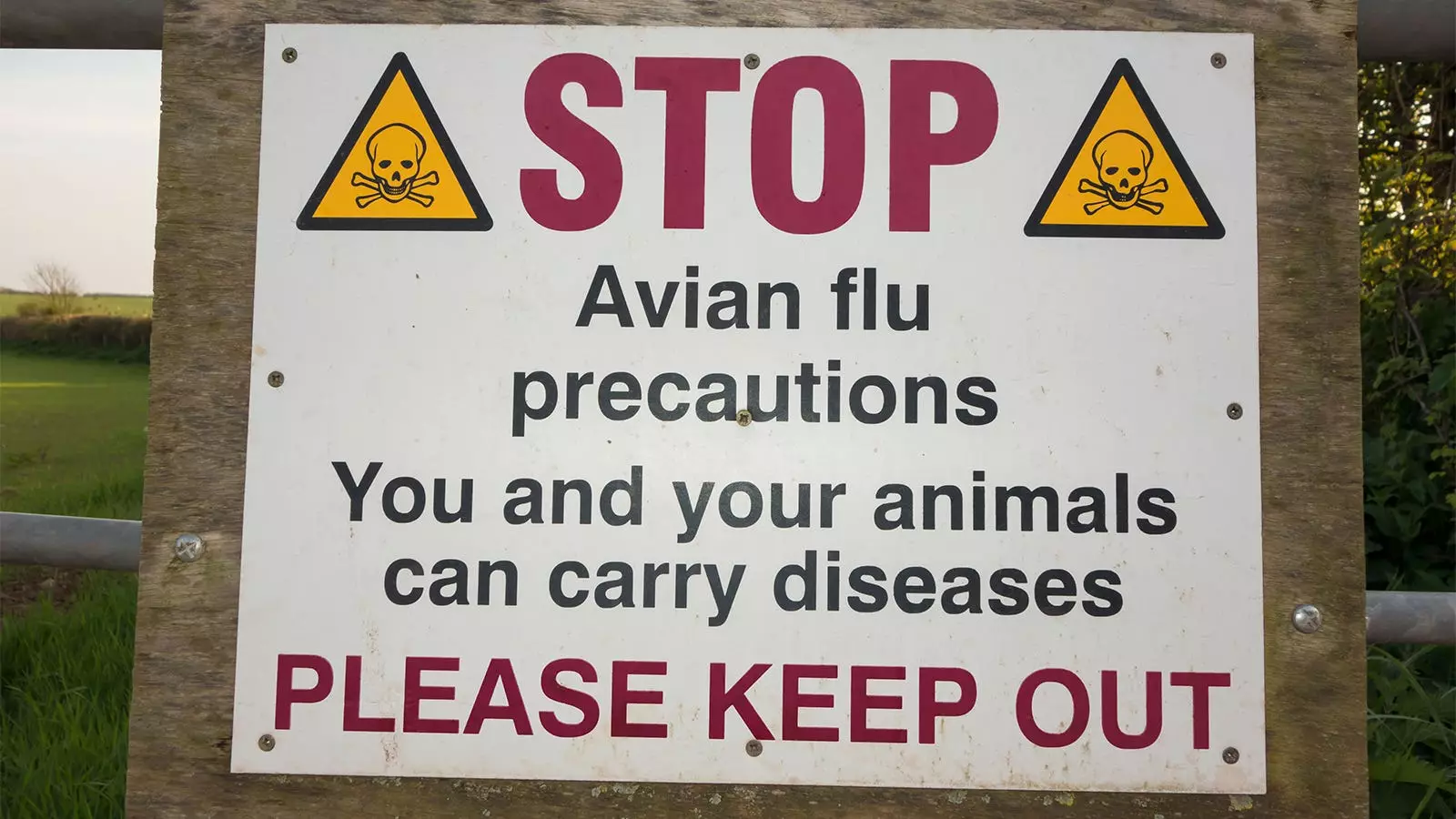The recent alert issued by the CDC regarding the potential infections of the highly pathogenic avian influenza (HPAI) A(H5N1) virus in humans is a stark reminder of the importance of vigilance in identifying and containing such cases. The case of a farmworker on a commercial dairy farm being infected with the H5N1 virus after exposure to presumably infected cattle highlights the need for healthcare professionals and public health departments to stay alert.
Risk Factors and Transmission
The CDC advisory alert emphasizes that people with job-related or recreational exposures to potentially infected animals are at a higher risk of infection. The recent case of presumed transmission from a cow to a human is particularly concerning, especially given the current outbreak of the virus in dairy cattle. While no human-to-human transmission has been identified so far, clinicians and health departments need to be aware of the possibility of H5N1 infection in individuals with relevant exposure histories.
Symptoms and Recommendations
Symptoms of bird flu can vary from mild upper respiratory illness to severe systemic disease. It is crucial for clinicians to consider the possibility of H5N1 infection in individuals showing signs or symptoms of acute respiratory illness and/or conjunctivitis, especially if they have had recent exposure to potentially infected animals. The CDC recommends isolating patients from household members and avoiding work or school until test results indicate they are not infected with the virus.
The recent case of H5N1 infection in a farmworker serves as a wake-up call for healthcare professionals to remain vigilant in identifying and managing potential cases of avian influenza. The risk to the general public may be low at the moment, but individuals with close contact with infected animals are at a higher risk of infection. By following the CDC’s advisory recommendations and staying informed, we can prevent further spread of the virus and protect public health.


Leave a Reply